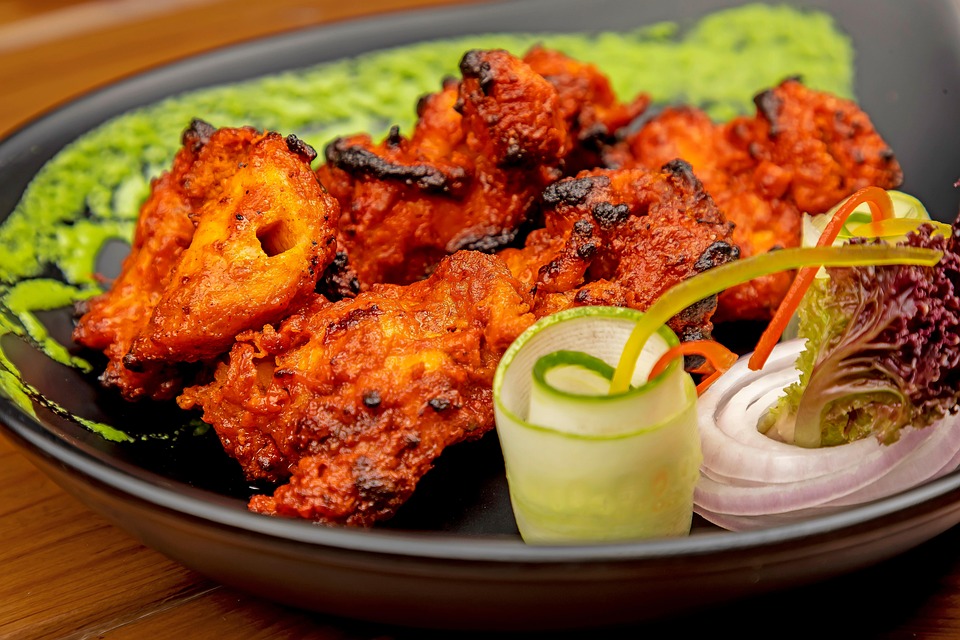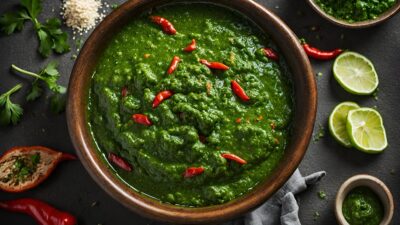The Melting Pot: Exploring Regional American Cuisines
The United States is often referred to as a "melting pot," a term that symbolizes the country’s diverse cultures, traditions, and cuisines. From the coastal seafood of New England to the spicy Creole dishes of Louisiana, the culinary landscape of America is rich and varied, drawing on the influences of indigenous peoples, immigrants, and regional resources. This article explores the unique flavors and traditions that define some of the most iconic American regional cuisines.
New England: Seafood and Comfort Food
New England cuisine is heavily influenced by its coastal geography. The area is renowned for its fresh seafood, particularly lobster, clams, and scallops. Dishes like clam chowder—a creamy soup filled with potatoes, onions, and clams—cater to the region’s maritime heritage. Another staple, the lobster roll, pairs succulent lobster meat with a buttery bun, epitomizing summer in Maine.
Moreover, traditional comfort foods play a significant role in New England culture. Dishes like baked beans, cornbread, and apple pie reflect the simplicity and heartiness of the early American settlers. The region excels in creating a sense of warmth and nostalgia through its food, making it a cornerstone of American cuisine.
The South: Flavor, Spice, and Tradition
Southern cuisine is a celebration of flavor, steeped in history and tradition. Often showcasing ingredients like corn, collard greens, and a variety of beans, Southern dishes deliver a medley of tastes that range from savory to sweet. Dishes such as fried chicken, shrimp and grits, and gumbo highlight a mix of African, Native American, and European influences, showcasing the region’s complex history.
Barbecue is a quintessential Southern tradition that varies by state—Texas is known for its brisket, while North Carolina emphasizes pulled pork. The tradition of slow-cooking and smoking meats in various sauces illustrates the depth of Southern culinary practices.
The Southwest: Indigenous and Mexican Influences
The Southwestern states of Arizona, New Mexico, and parts of Texas are known for their vibrant and colorful cuisine, heavily influenced by Native American and Mexican cultures. Staples include ingredients like corn, beans, and chili peppers, which are integral to dishes such as enchiladas, tamales, and chili con carne.
The use of spices reflects the heat of the region, with chilies serving as a cornerstone ingredient. Additionally, Navajo dishes like frybread highlight the indigenous culinary heritage. The fusion of flavors creates a unique, bold, and aromatic experience that showcases the essence of the Southwest.
The Midwest: Hearty and Wholesome
Midwestern cuisine is often characterized by its heartiness and simplicity, reflecting the agricultural roots of the region. Known as the "breadbasket of America," the Midwest offers an abundance of grain-based foods, such as bread, pasta, and pastries. Influenced by Eastern European immigrants, dishes like pierogi and bratwurst are popular.
Casseroles and pot pies illustrate the region’s love for comfort food. The Midwest also embraces farm-to-table principles, with a focus on fresh, local ingredients. Regional specialties often include sweet corn, apples, and dairy products, making the cuisine both satisfying and wholesome.
The Pacific Northwest: Freshness and Sustainability
The Pacific Northwest, encompassing Washington, Oregon, and parts of Northern California, is celebrated for its emphasis on fresh, local, and seasonal ingredients. The proximity to the ocean provides an abundance of seafood, including salmon and Dungeness crab, while fertile valleys support a thriving agricultural scene.
Farmers’ markets are prevalent, and farm-to-table restaurants are a hallmark of the region. Dishes often incorporate foraged ingredients, such as wild mushrooms and berries, emphasizing a sustainable approach to cooking. Pacific Northwest cuisine elegantly balances innovation with tradition, focusing on the quality of ingredients.
California: Fusion and Innovation
California’s cuisine is a reflection of its diverse population and progressive food culture. The state is known for its innovative fusion dishes, merging influences from Asian, Latin American, and European cuisines. The farm-to-table movement took root here, highlighting the use of organic, locally-sourced produce.
Dishes like fish tacos, sushi rolls, and avocado toast showcase the state’s culinary diversity. California’s signature style combines health-conscious choices with bold flavors, demonstrating how regional ingredients can create a vibrant, dynamic food culture.
Conclusion
America’s culinary landscape is as diverse as its people, shaped by geography, history, and cultural influences. Each region offers a distinct taste experience, inviting exploration and appreciation of its unique traditions. From the seafood of New England to the bold flavors of the Southwest, regional American cuisines reflect a rich tapestry of flavors and stories—a true melting pot of culinary art. As we continue to dive into these diverse traditions, we celebrate not only the food but the shared heritage that unites us all in this vast country.



